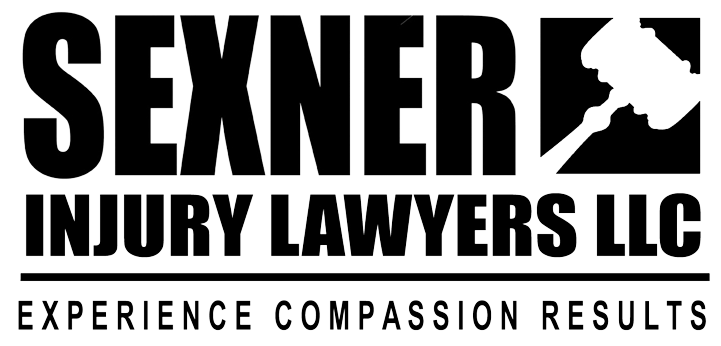Craniosynostosis Attorneys in Chicago
 In a normally developing baby, the bones of the skull do not fuse together until approximately age two. In between the bones (cranial sutures) is a flexible material which allows the brain to grow without restriction. But a birth defect called craniosynostosis causes the sutures to fuse together prematurely, increasing pressure and causing growth of the baby's brain to be slowed or limited. When the spaces between the bones "close" and the brain continues to expand, the result is often a misshapen skull. Some cases of craniosynostosis are linked to the mother’s use of SSRI (Selective Serotonin Reuptake Inhibitor) drugs, which are sometimes prescribed by doctors during pregnancy.
In a normally developing baby, the bones of the skull do not fuse together until approximately age two. In between the bones (cranial sutures) is a flexible material which allows the brain to grow without restriction. But a birth defect called craniosynostosis causes the sutures to fuse together prematurely, increasing pressure and causing growth of the baby's brain to be slowed or limited. When the spaces between the bones "close" and the brain continues to expand, the result is often a misshapen skull. Some cases of craniosynostosis are linked to the mother’s use of SSRI (Selective Serotonin Reuptake Inhibitor) drugs, which are sometimes prescribed by doctors during pregnancy.
If your child was born with craniosynostosis, the Chicago birth defect attorneys of Sexner Injury Lawyers LLC can help you get the compensation you need to pay for the costly medical treatment and devices your child will need as a result of this condition. Call (312) 243-9922.
Types of Craniosynostosis
- Scaphocephaly (Sagittal synostitis): Most common type, involves a premature fusion of the suture at the top of a baby's head.
- Brachycephaly (Bicoronal synostotis): Occurs when both coronal sutures prematurely fuse.
- Anterior plagiocephaly (Coronal synostosis): Occurs when one of the coronal sutures is prematurely fused.
- Posterior plagiocephaly (Lambdoid synostosis): Occurs when the lambdoid suture closes prematurely.
- Trigonocephaly (Metopic synostosis): Premature fusion of the metopic suture.
Signs of Craniosynostosis
- Intracranial pressure (increased pressure inside of the skull)
- A misshapen skull
- Disappearance of the "soft spot" known as the fontanel
- Lack of skull growth as baby gets older
- Hard, raised ridges along the affected sutures
Medical Malpractice Claims for Craniosynostosis
There are a number of medications and drugs which, when taken during pregnancy (and especially during the first trimester), have been strongly linked to many congenital birth defects, including craniosynostosis. It is a doctor’s medical and legal responsibility to help guide an expectant mother through her pregnancy, as most have no idea which drugs are safe to take and which drugs are not. When a doctor fails in this respect and a birth injury occurs as a result, medical malpractice may have occurred.
In other cases, the doctor may have played no part at all in the development of this defect, but may have been negligent in either diagnosing or treating the abnormality. Such failures are just as serious in most cases. When dealing with craniosynostosis, proper treatment and surgical intervention are incredibly important after birth. When the brain doesn’t have room to grow, blindness, mental retardation, or further brain damage can occur. Time is of the essence and to prevent further harm, a baby should be treated as soon as possible after diagnosis. Medical failures to do so are also considered medical malpractice and may allow a family to sue the doctor, hospital, or nursing staff.
Contact the Chicago Craniosynostosis Attorneys at Sexner Injury Lawyers LLC
Although the cause of most congenital birth defects cannot be easily determined, in certain cases the condition may be the result of improper prenatal care or a failure to properly diagnose, or promptly treat, craniosynostosis. But there’s no need to wonder whether a doctor’s mistake contributed to your baby’s injury. Contact a Chicago birth defect attorney at Sexner Injury Lawyers LLC any time of day for free information. We can examine your medical records free of charge to determine whether malpractice occurred. Call us now with no obligation at (312) 243-9922.

